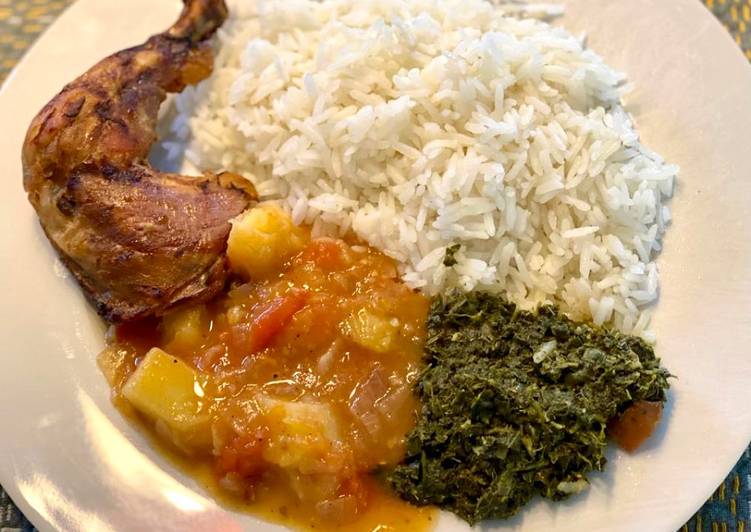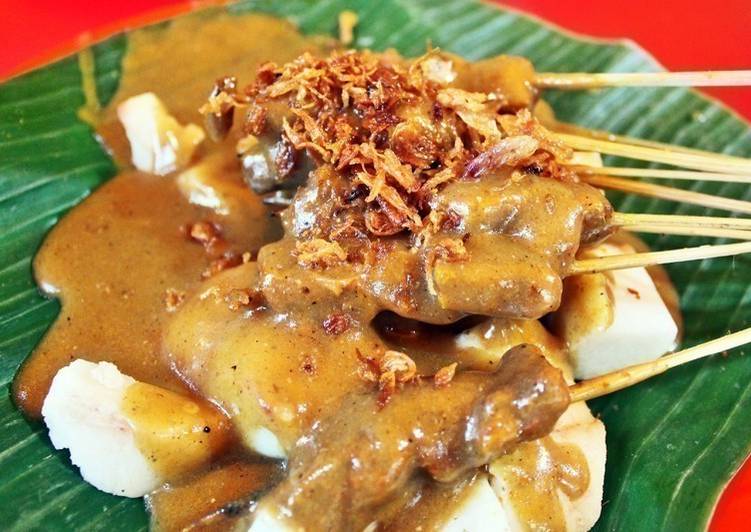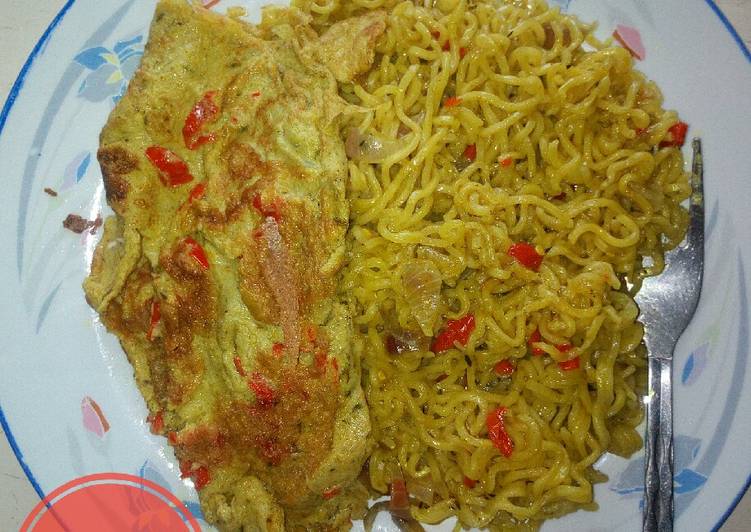
Hey everyone, hope you’re having an amazing day today. Today, I will show you a way to make a special dish, cassava leaves (kisamvu) and potato & tomato sauce. It is one of my favorites. For mine, I’m gonna make it a little bit unique. This is gonna smell and look delicious.
Cassava leaves (Kisamvu) and potato & tomato sauce is one of the most favored of current trending foods in the world. It is appreciated by millions daily. It’s simple, it’s fast, it tastes delicious. Cassava leaves (Kisamvu) and potato & tomato sauce is something that I have loved my whole life. They are fine and they look fantastic.
Cassava, yams (Dioscorea spp.), and sweet potatoes (Ipomoea batatas) are Cassava-based dishes are widely consumed wherever the plant is cultivated; some have regional, national Frozen cassava leaves in a Los Angeles market. Cassava undergoes post-harvest physiological deterioration (PPD). Sweet Potatoes cooked With Meat With Coconut.
To get started with this particular recipe, we have to first prepare a few components. You can have cassava leaves (kisamvu) and potato & tomato sauce using 20 ingredients and 10 steps. Here is how you cook it.
The ingredients needed to make Cassava leaves (Kisamvu) and potato & tomato sauce:
- Get Cassava leaves
- Get washed and shredded cassava leaves (raw)
- Prepare garlic paste
- Prepare medium onion chopped
- Get large tomato
- Take coconut milk
- Make ready chilli pepper of your choice (I used green habanero)
- Make ready Salt
- Get lemon juice
- Take water
- Make ready Potato sauce
- Take medium russet potatoes
- Take large tomato
- Get lemon juice
- Get tamarind paste (optional)
- Get chicken/vegetable broth
- Prepare garlic paste
- Get medium onion chopped
- Make ready Salt and pepper
- Get cayenne pepper
Cassava is similar to yams and taro, and people can use it in similar ways to a potato. It is possible to use tapioca starch to make gluten-free. Cassava leaves can supply a good source of vitamins and protein which can also be consumed after cooking. Cassava, Manihot esculenta, is a perennial shrub in the family Euphorbiaceae grown primarily for its storage roots which are eaten as a vegetable.
Steps to make Cassava leaves (Kisamvu) and potato & tomato sauce:
- For the cassava leaves: Sauté the garlic and onions until golden brown and add the cassava leaves. Stir to combine the ingredients together. Add water and salt and bring the pot to a boil until the water reduces halfway.
- To the boiling cassava leaves, add a cup of the coconut milk and allow to boil over medium-high heat for 3-5 minutes.
- Dice the tomatoes into 1/2 inch pieces and add to the cassava leaves. Reduce the heat to medium and allow the cassava leaves and tomatoes to simmer and cook for a further 5 minutes
- Add the rest of the coconut milk, the whole habanero pepper and lemon juice and stir to mix well. While stirring you can gently poke the habanero pepper to release its flavours while the cassava leaves continue to cook.
- Allow the cassava leaves to simmer until the coconut milk reduces and thickens.
- Remove from heat and set aside to serve.
- For the potato sauce: dice the potatoes into 1/2 inch cubes and bring to a boil until the potatoes are halfway cooked. Drain and set aside
- In a pot, sauté the onions and garlic until golden brown and add the diced tomatoes. Stir to combine. Then add the potatoes and stir to combine the ingredients together.
- Add the chicken/vegetable broth and bring to a boil. Now add the tamarind paste, lemon juice, salt/pepper & cayenne pepper and allow the sauce to simmer until it thickens.
- Turn heat off and serve the potato sauce along with the cassava leaves with a side of grilled chicken and coconut rice.
Cassava is a nutty-flavored, starchy root vegetable or tuber. Native to South America, it's a major source of calories and carbs for people in developing countries. It is grown in tropical regions of the world because of its ability to withstand difficult growing conditions — in fact, it's one of the most. Cassava leaves are lower in calories. The cassava leaves has high amount of folate and Vitamin C.
So that’s going to wrap this up with this exceptional food cassava leaves (kisamvu) and potato & tomato sauce recipe. Thank you very much for reading. I’m sure that you will make this at home. There is gonna be more interesting food at home recipes coming up. Remember to bookmark this page on your browser, and share it to your loved ones, friends and colleague. Thank you for reading. Go on get cooking!

